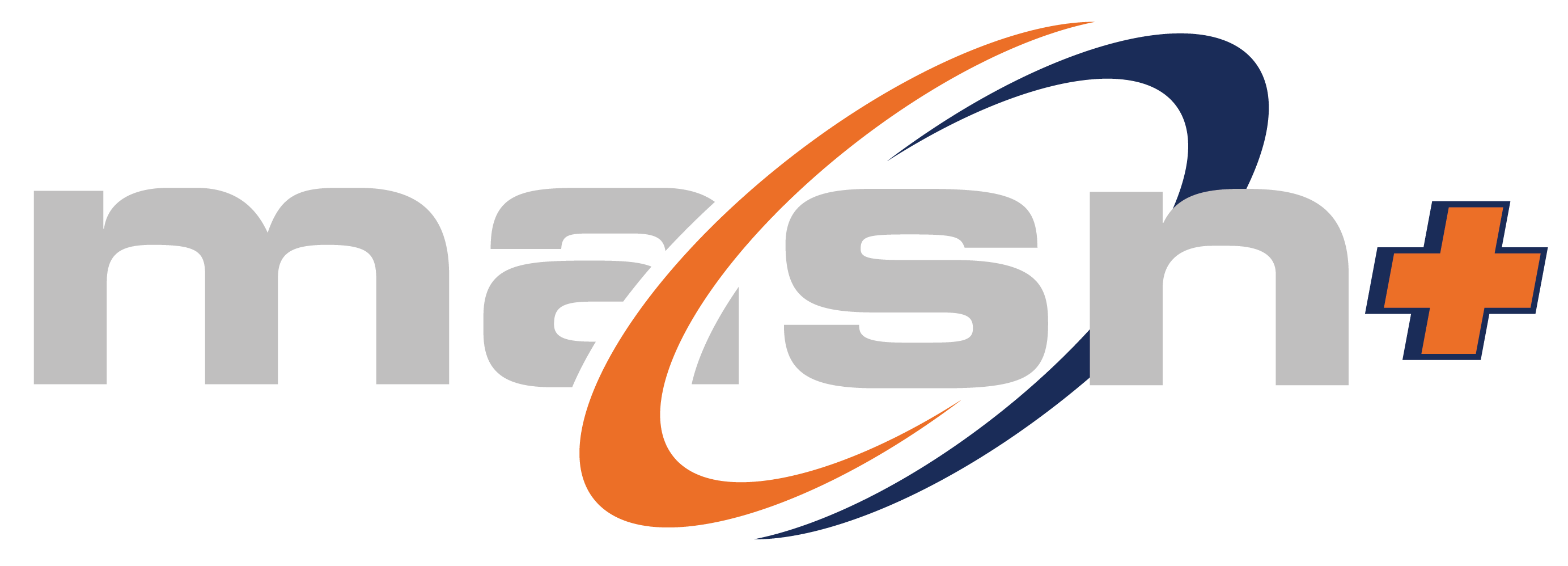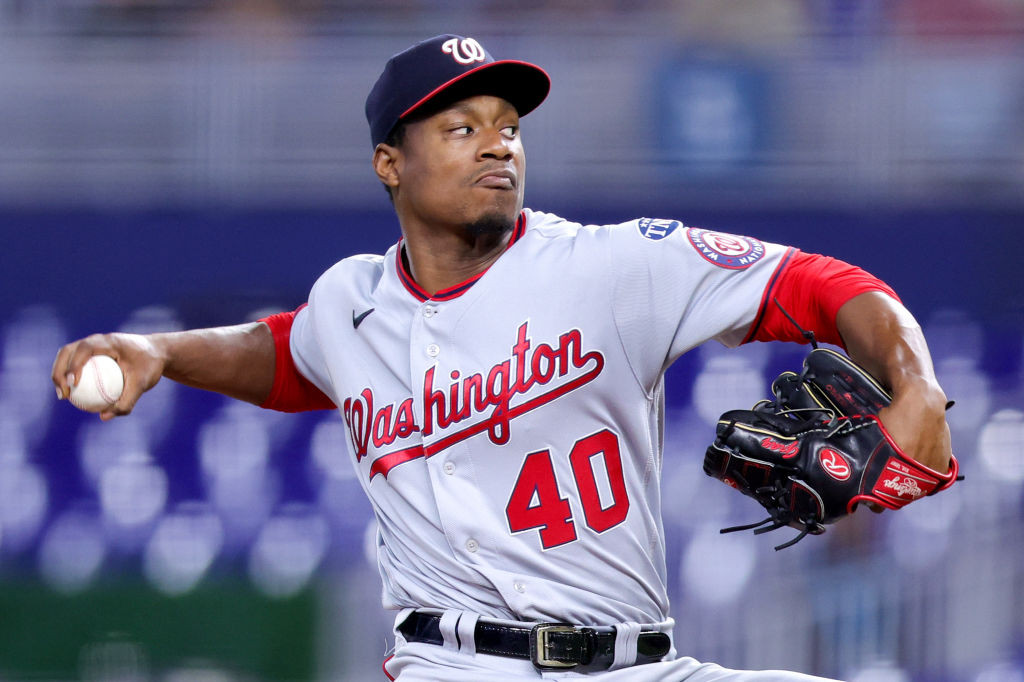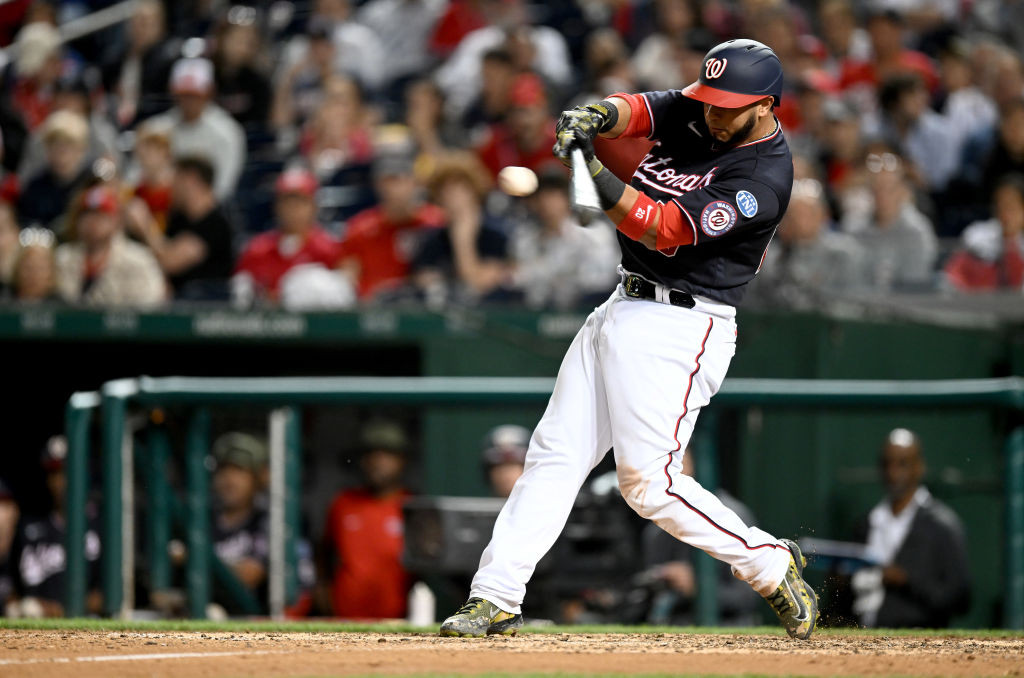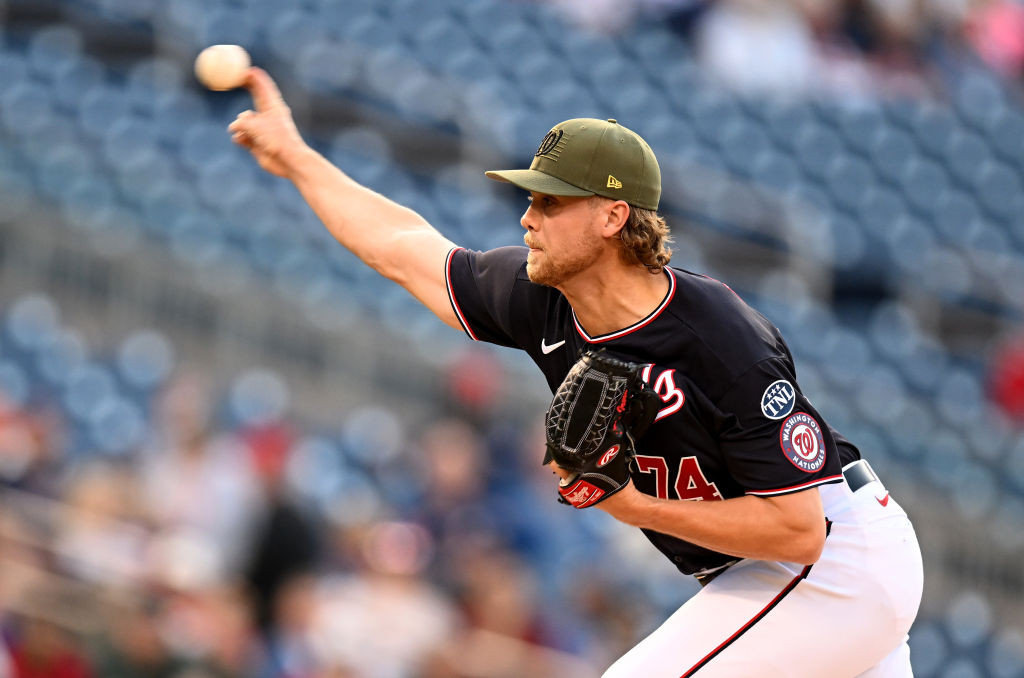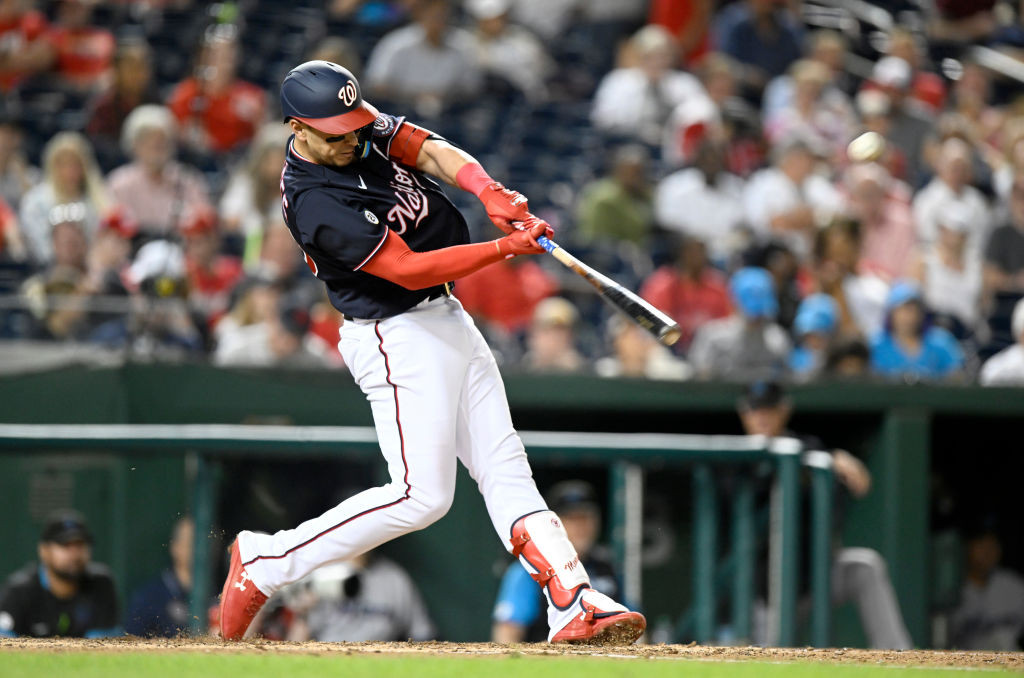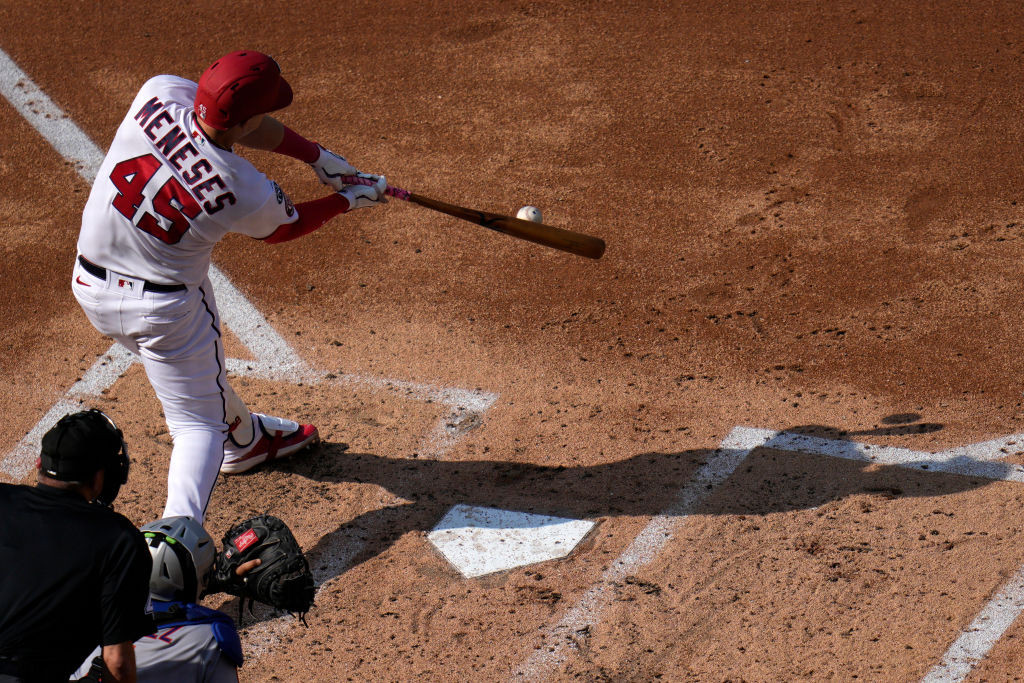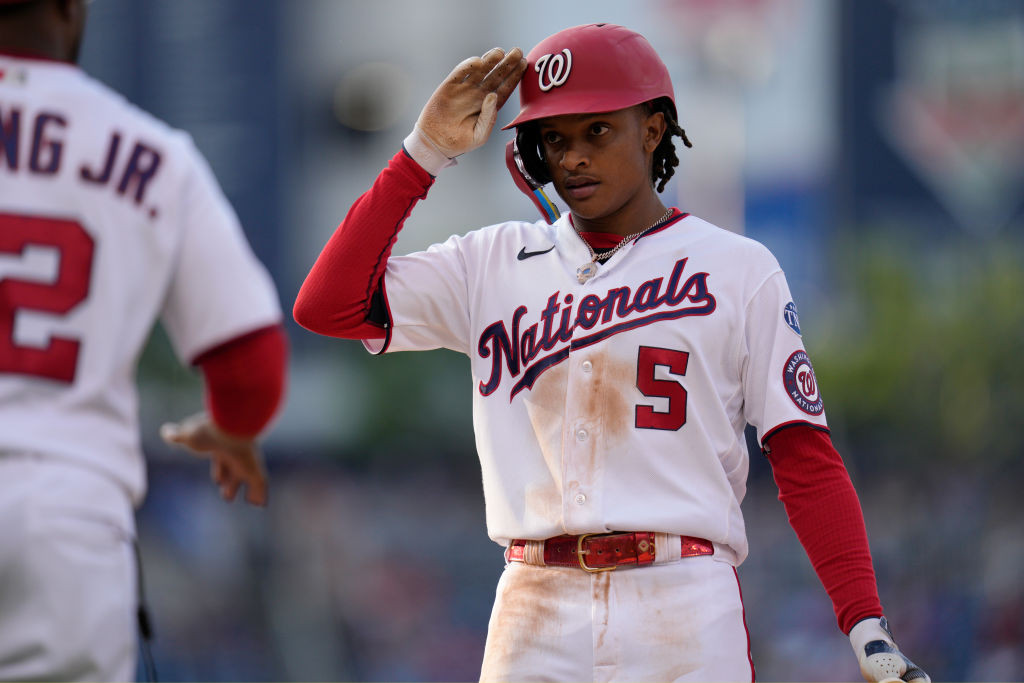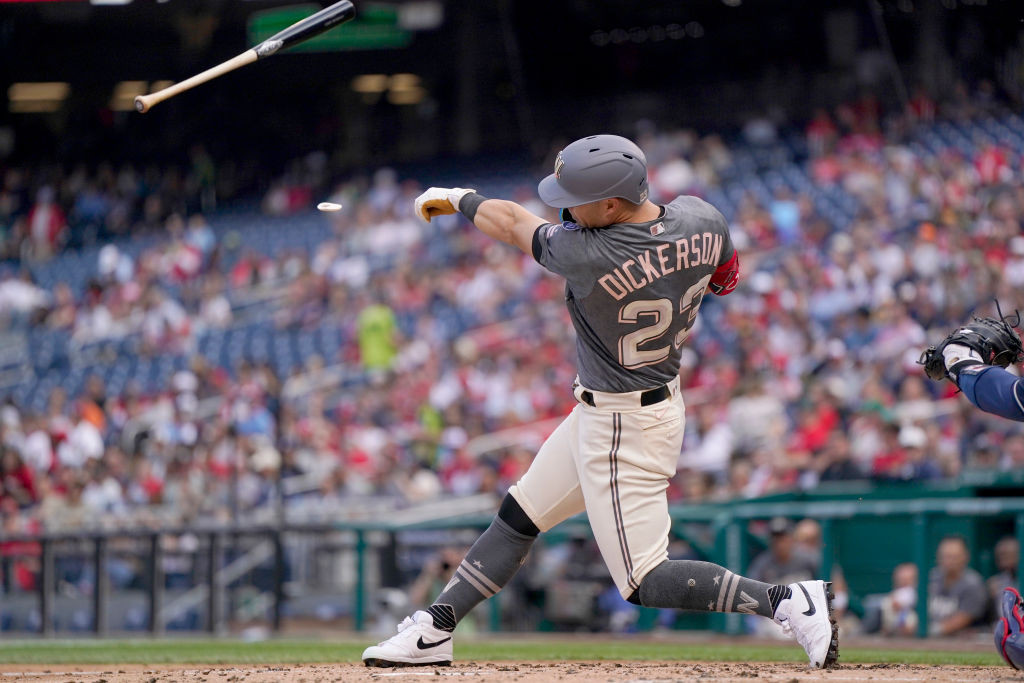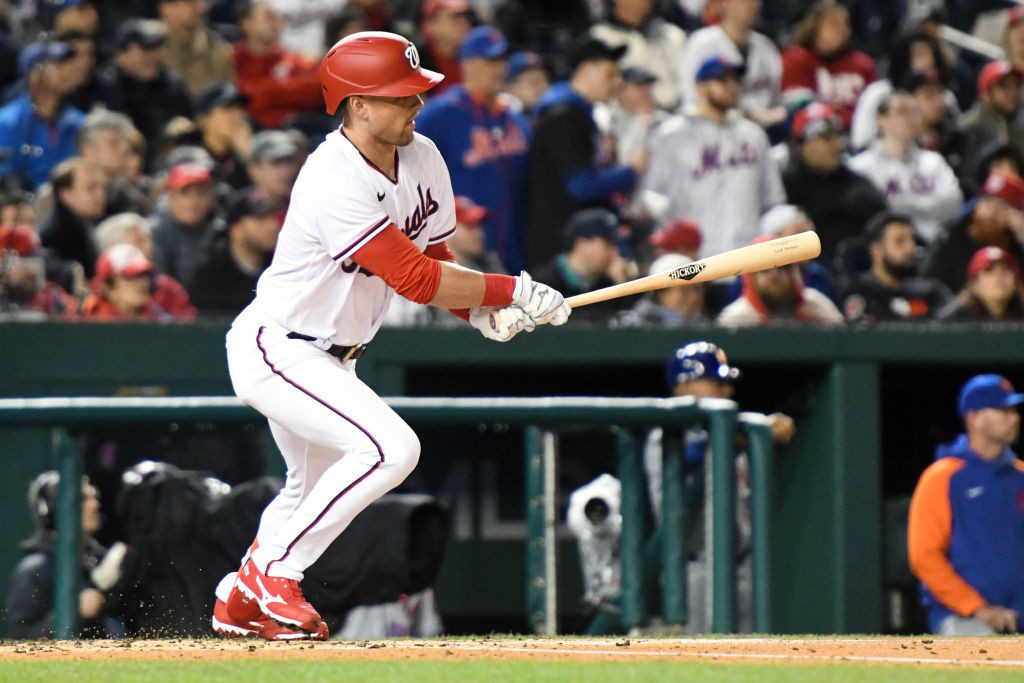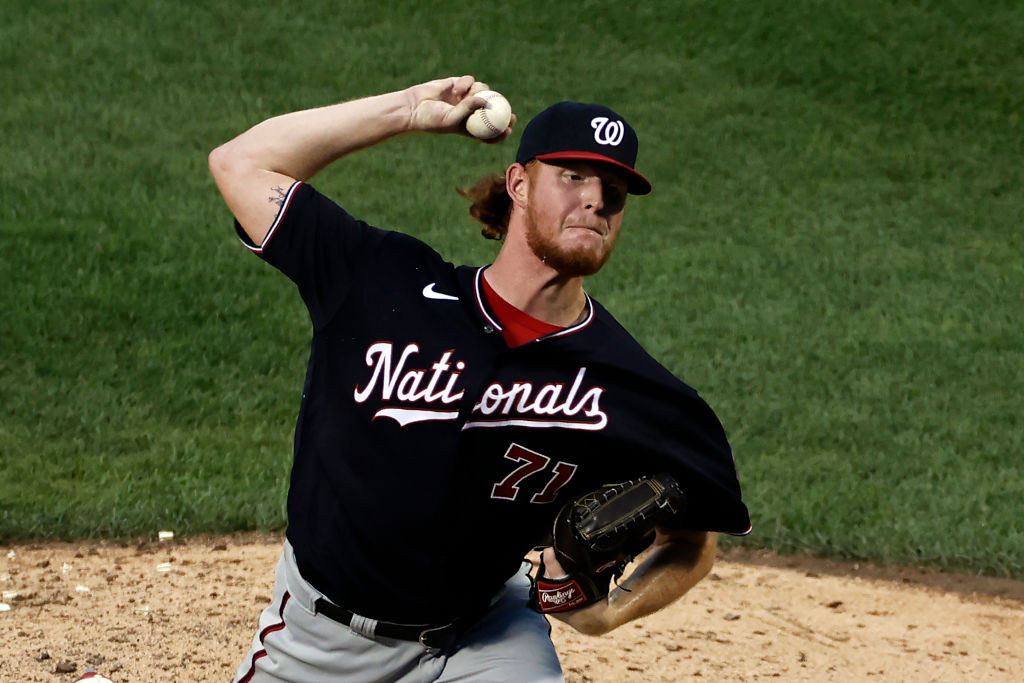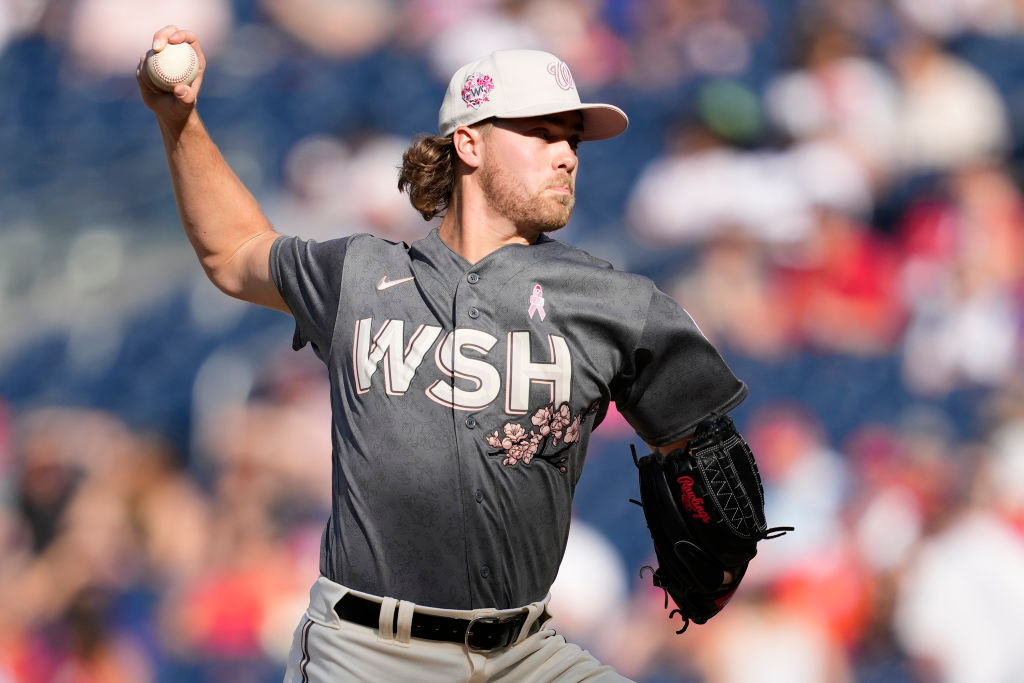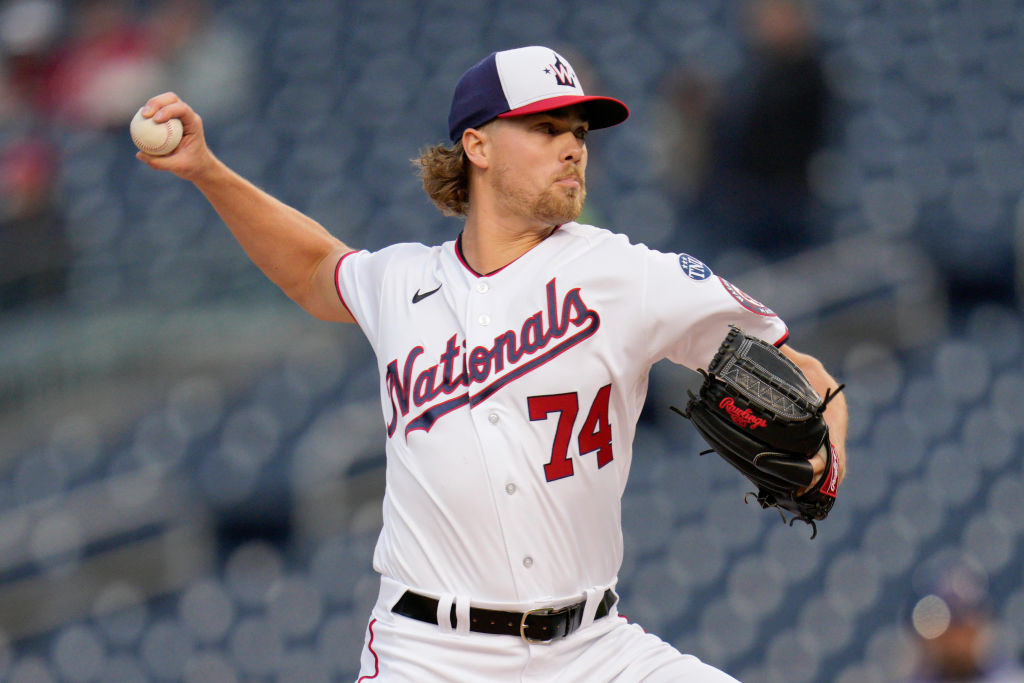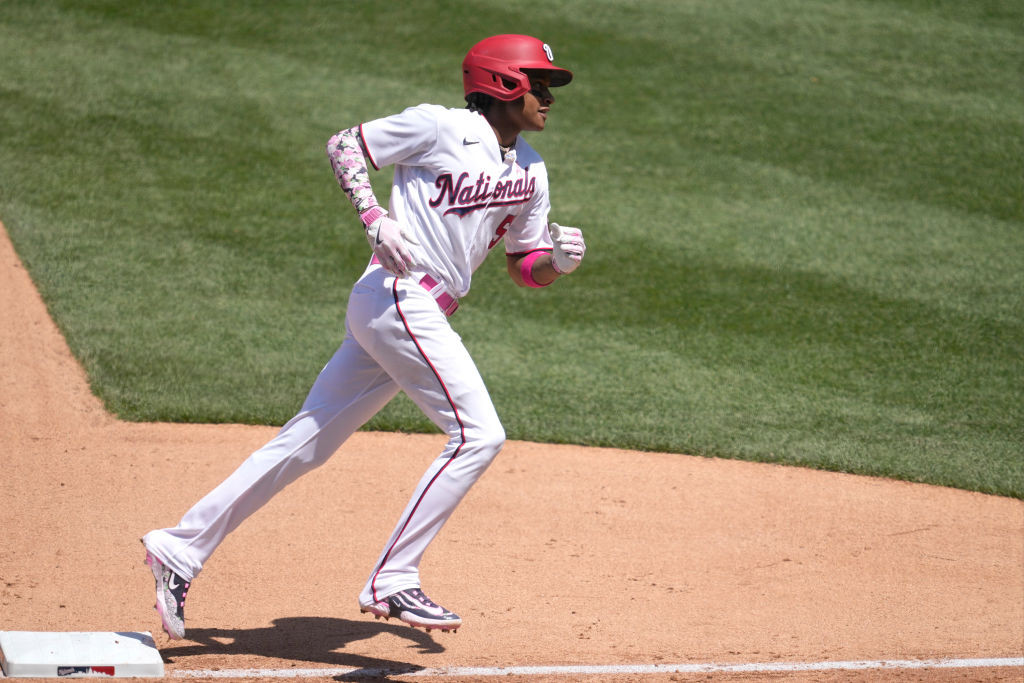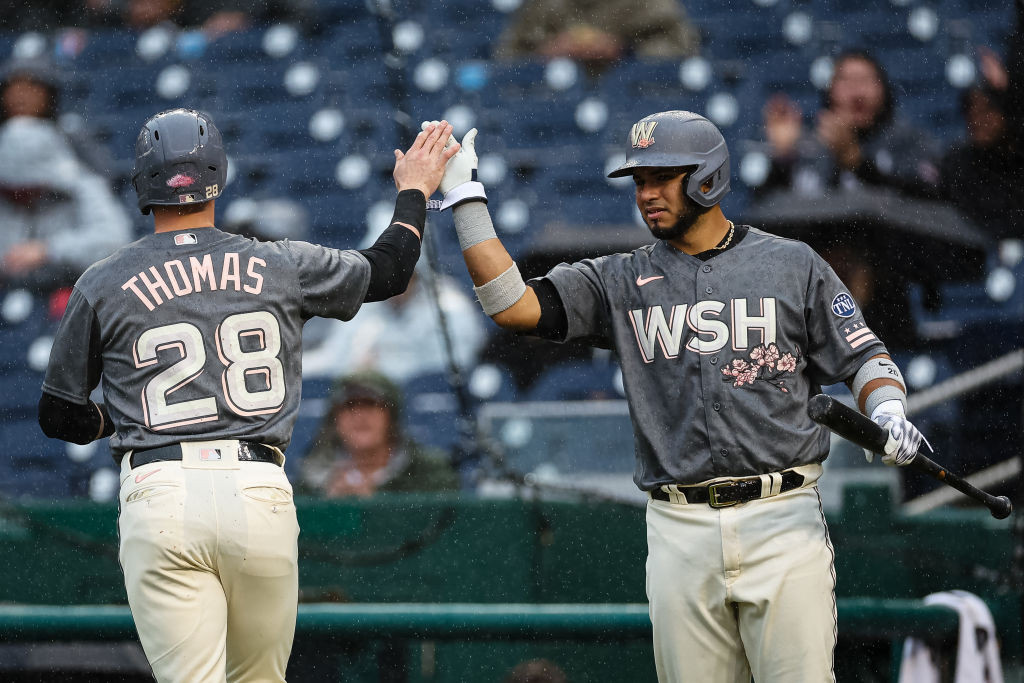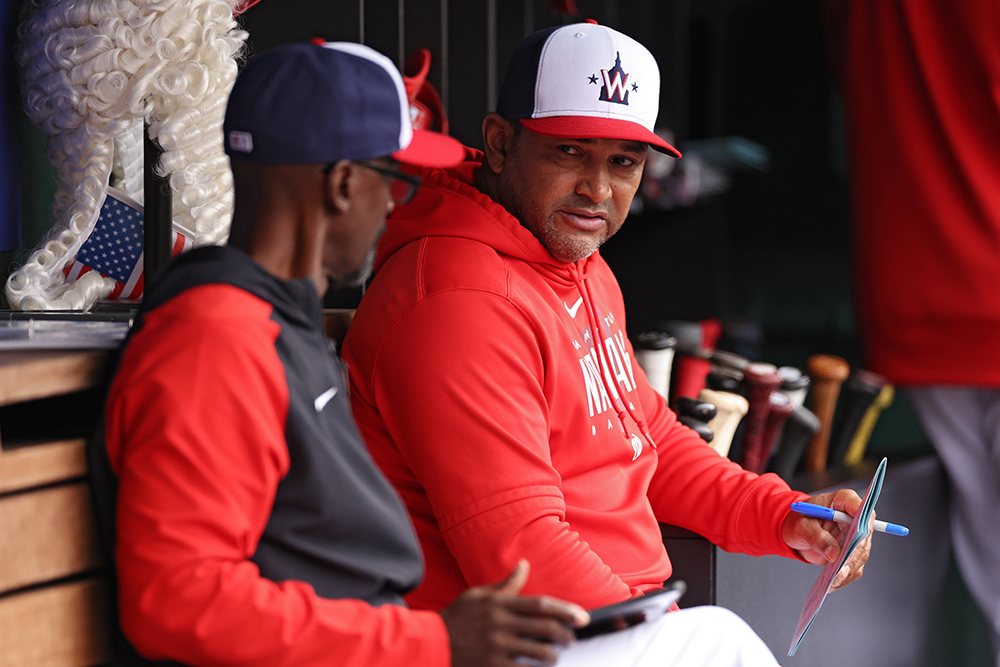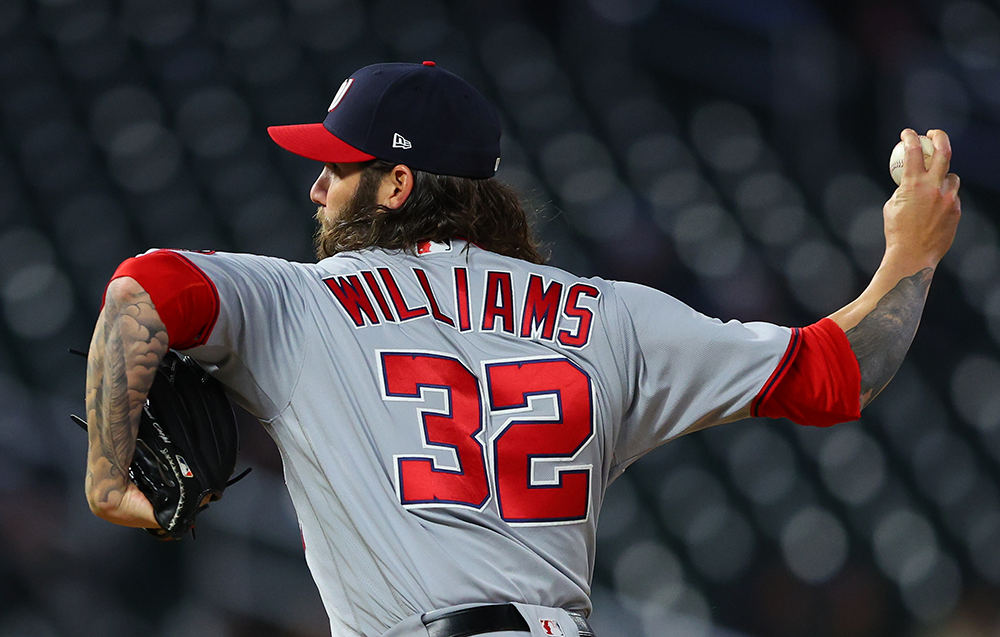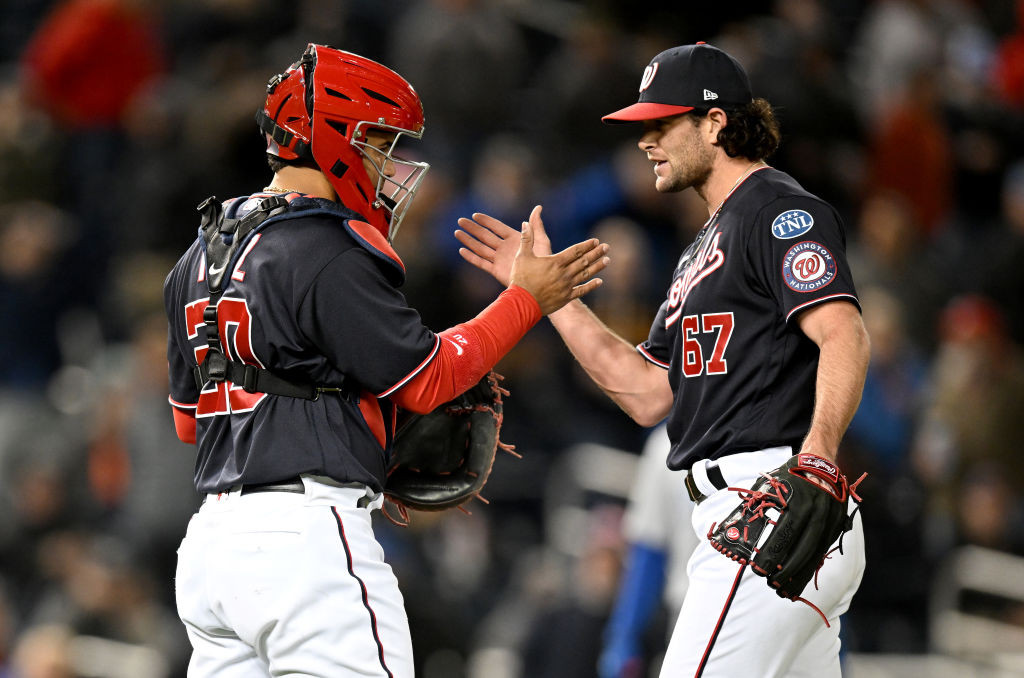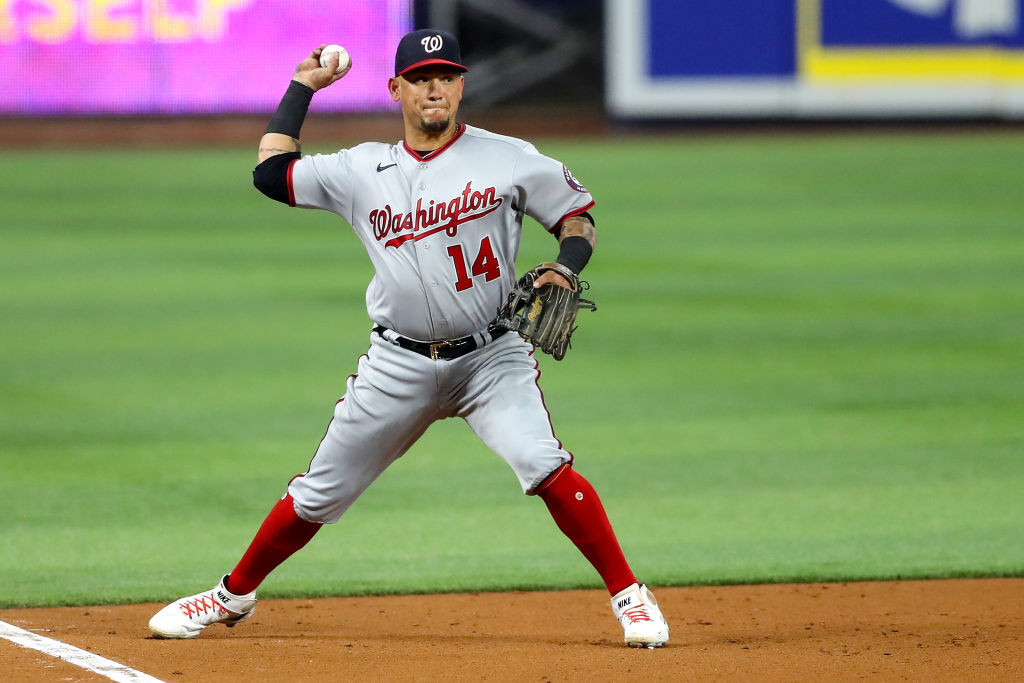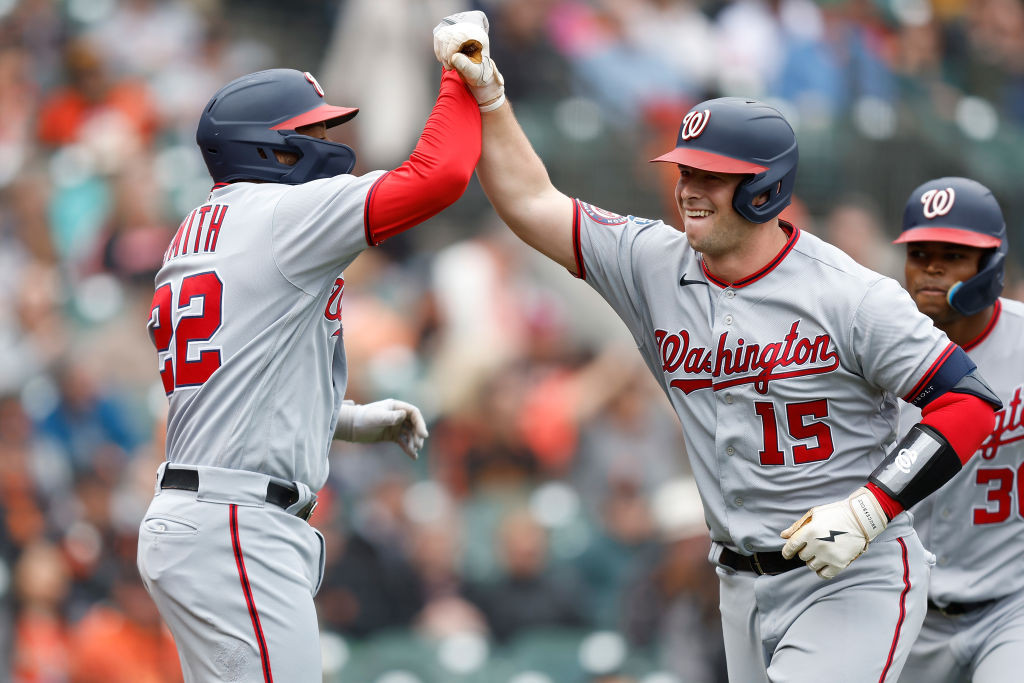The Nationals ended a four-game losing streak Saturday with a solid, 5-2 victory over the Tigers. They’d love to make it two in a row today and take the weekend series in the process.
The Nats have Josiah Gray on the mound, and that usually means they’re going to have an excellent chance of winning. The right-hander really has become their most reliable starter, having allowed three or fewer runs in each of his eight starts since his rough season opener and two or fewer runs in all but one of those starts. He’s also completed seven innings each of the last two times he’s pitched, further evidence of his growth since last year.
The Nationals have faced a bunch of lefties recently, and they get another one today in Detroit’s Joey Wentz. The 25-year-old impressed as a rookie last season, posting a 3.03 ERA and 1.102 WHIP in the first seven starts of his career. He’s been far less successful so far this season, with a 6.38 ERA and 1.445 WHIP through eight starts. Strangely enough, Wentz’s strikeout and walk rates have remained almost the same. The biggest difference from last year: He’s giving up a lot more hits, especially home runs (seven in only 36 2/3 innings).
Davey Martinez is going with a different look in his lineup this afternoon. Stone Garrett will bat cleanup against the lefty, and Riley Adams is giving Keibert Ruiz a well-deserved day off. But the most notable difference is that both CJ Abrams and Luis García are on the bench (García for the second straight day). So it’s Ildemaro Vargas and Michael Chavis up the middle of the infield.
WASHINGTON NATIONALS vs. DETROIT TIGERS
Where: Nationals Park
Gametime: 1:35 p.m. EDT
TV: MASN2, MLB.tv
Radio: 106.7 FM, MLB.com
Weather: Sunny, 74 degrees, wind 11 mph in from left field




